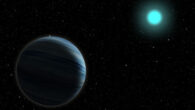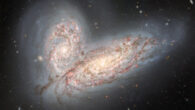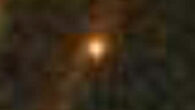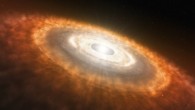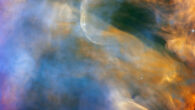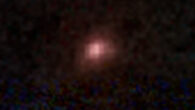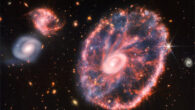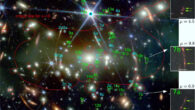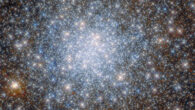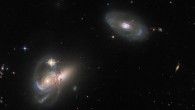With an age of 4.57 billion years, the Sun is currently in its comfortable middle age, fusing hydrogen into helium and generally being rather stable; staid even. That will not always be the case. As the hydrogen fuel runs out in its core, and changes begin in the fusion process, astronomers expect it to swell into a red giant, lowering its surface temperature in the process. Exactly how this happens depends on how much mass a star contains and its...


